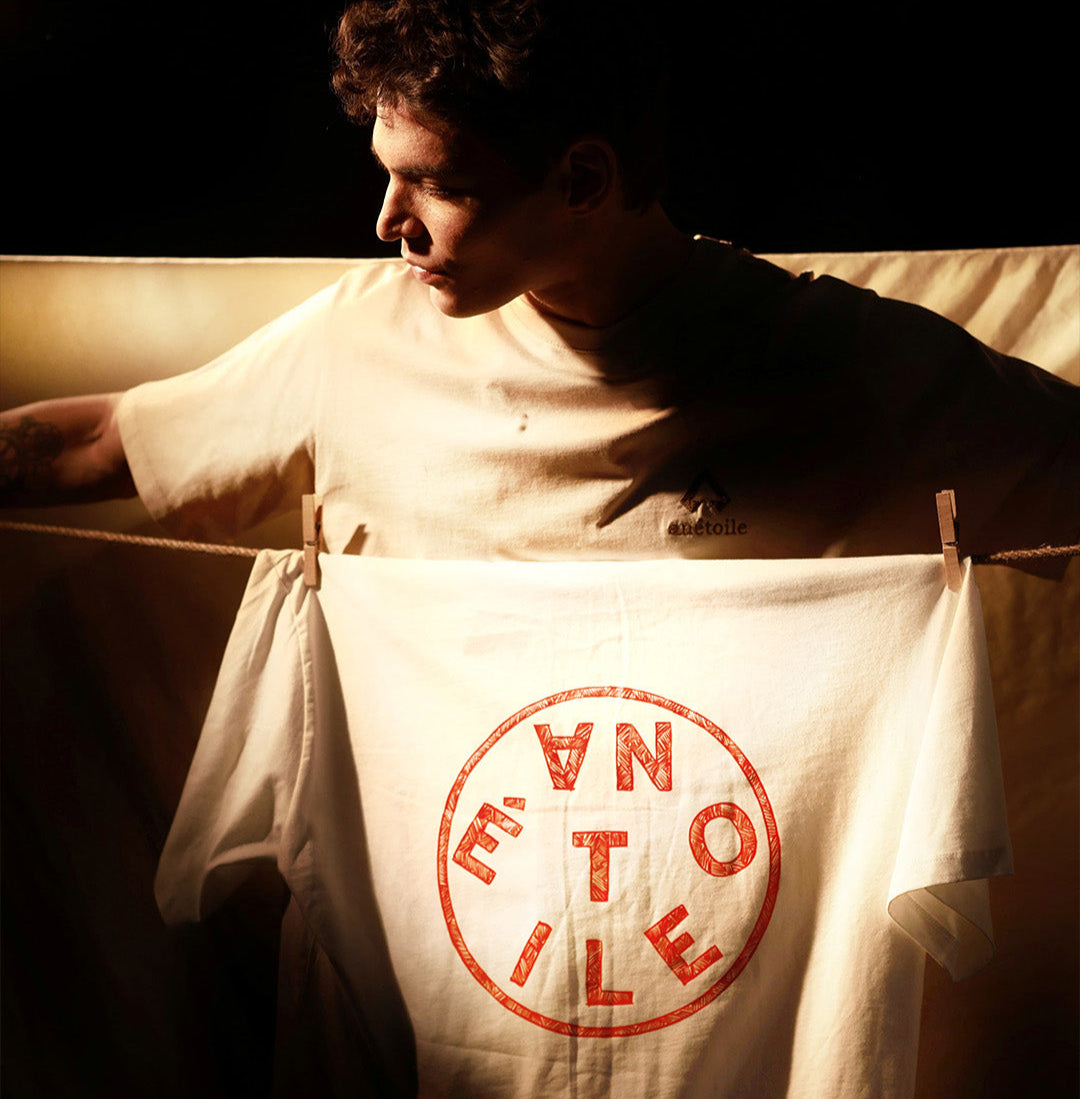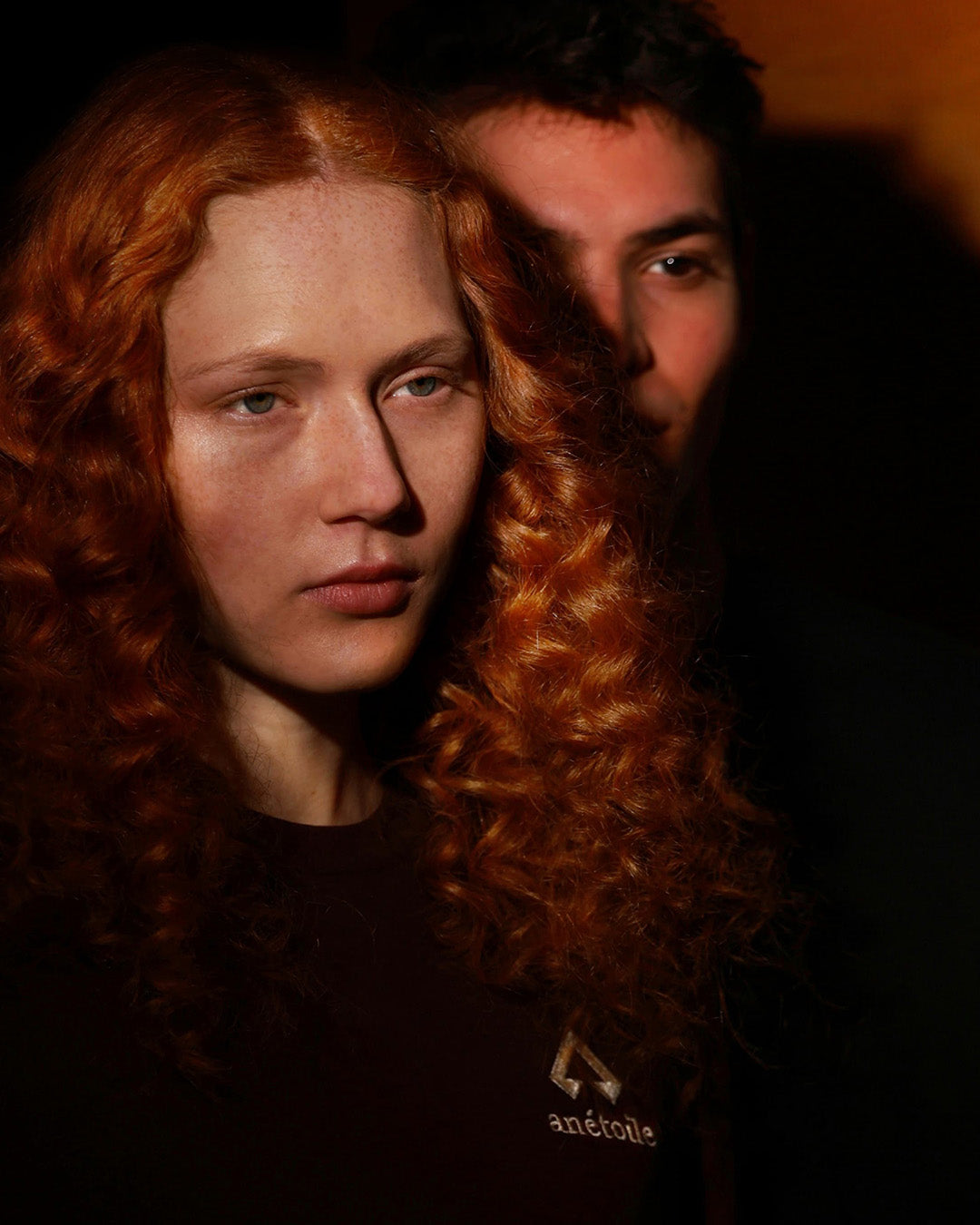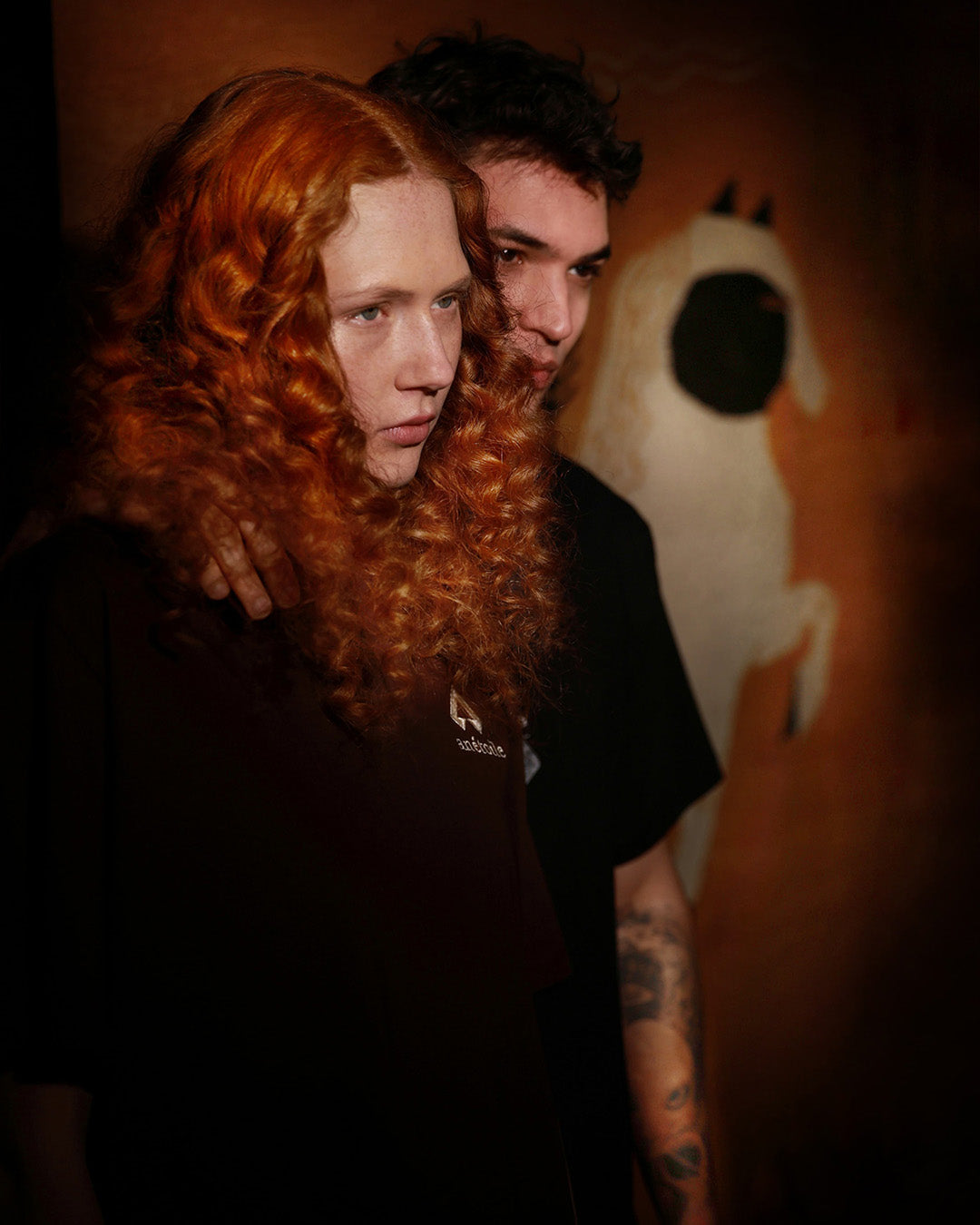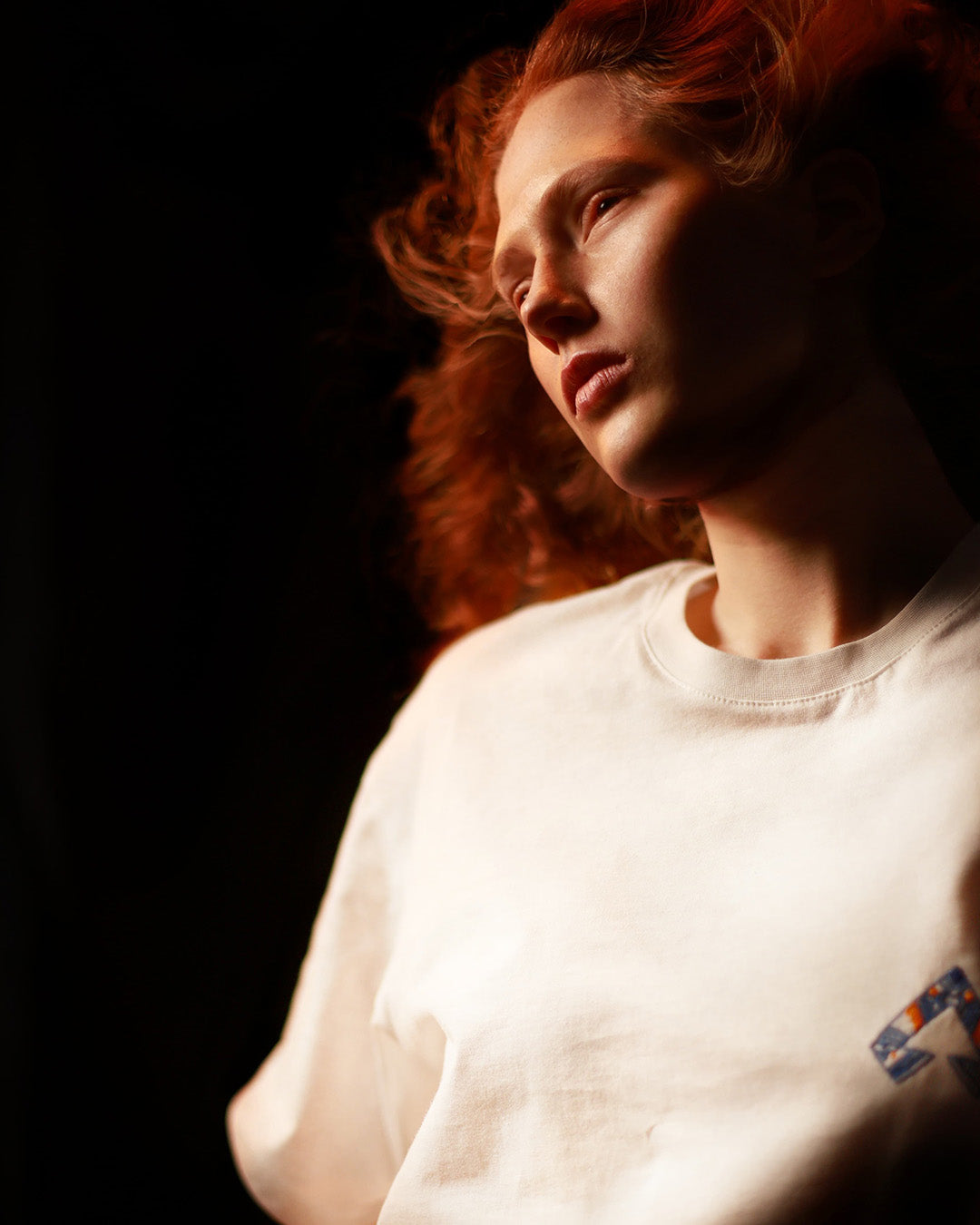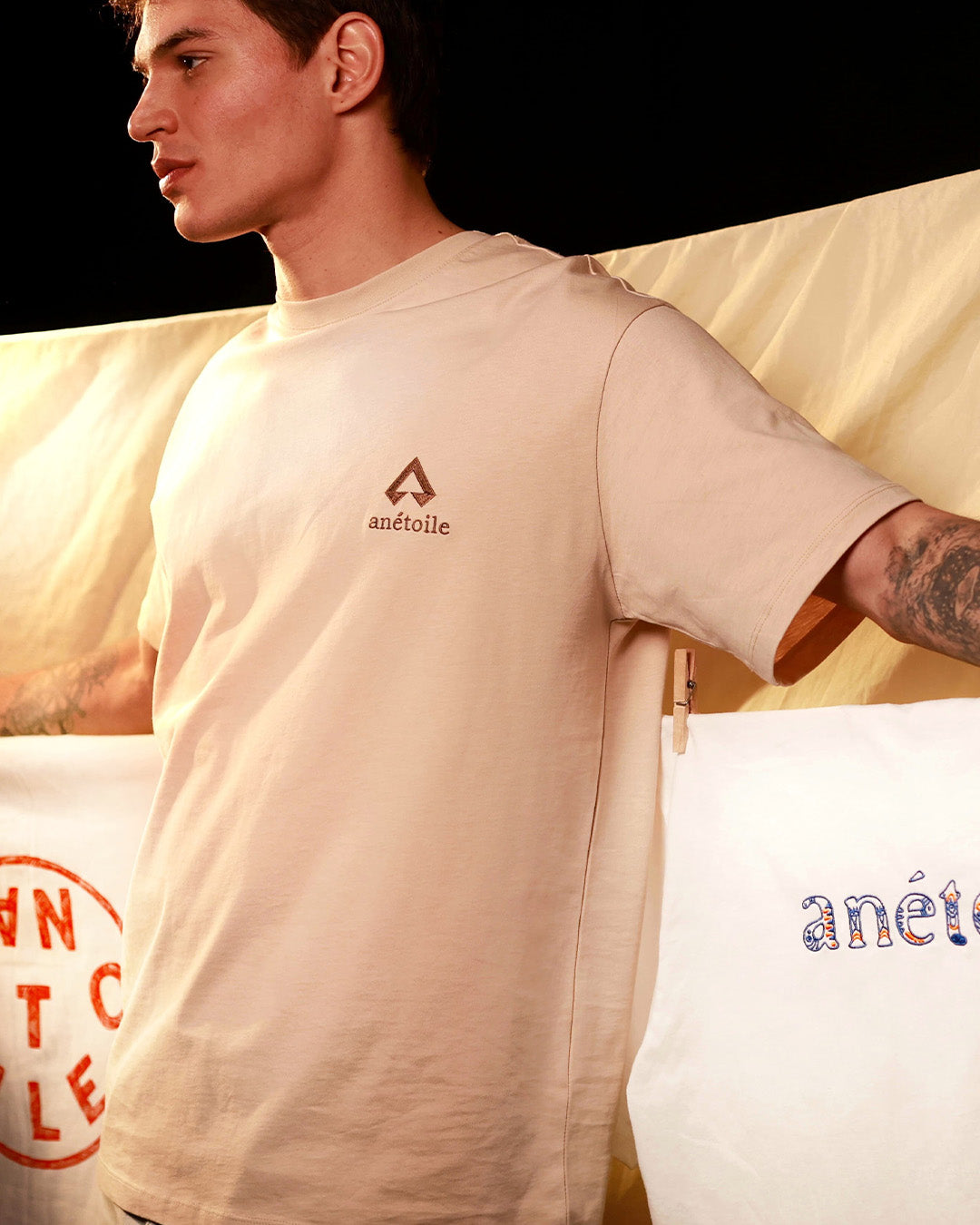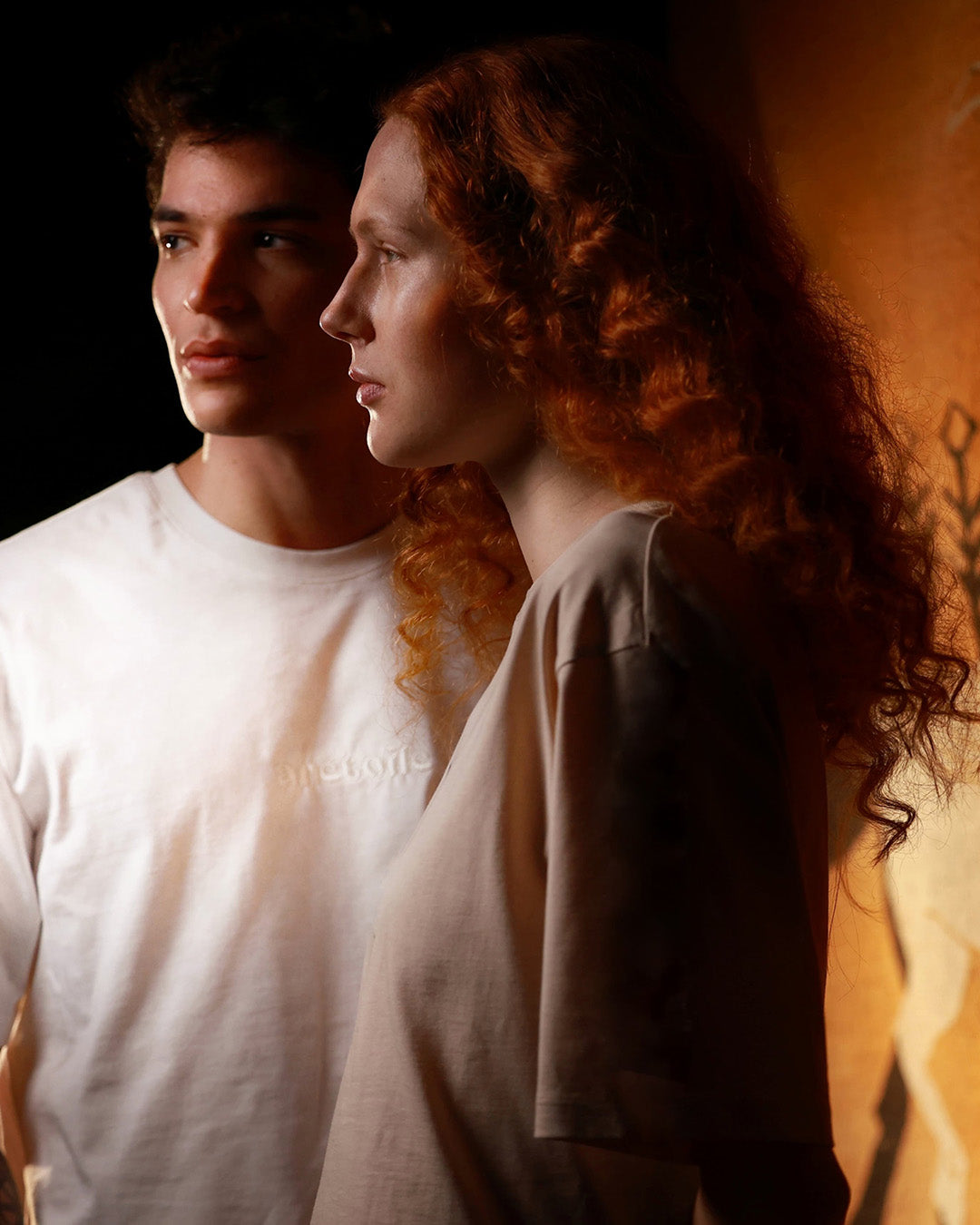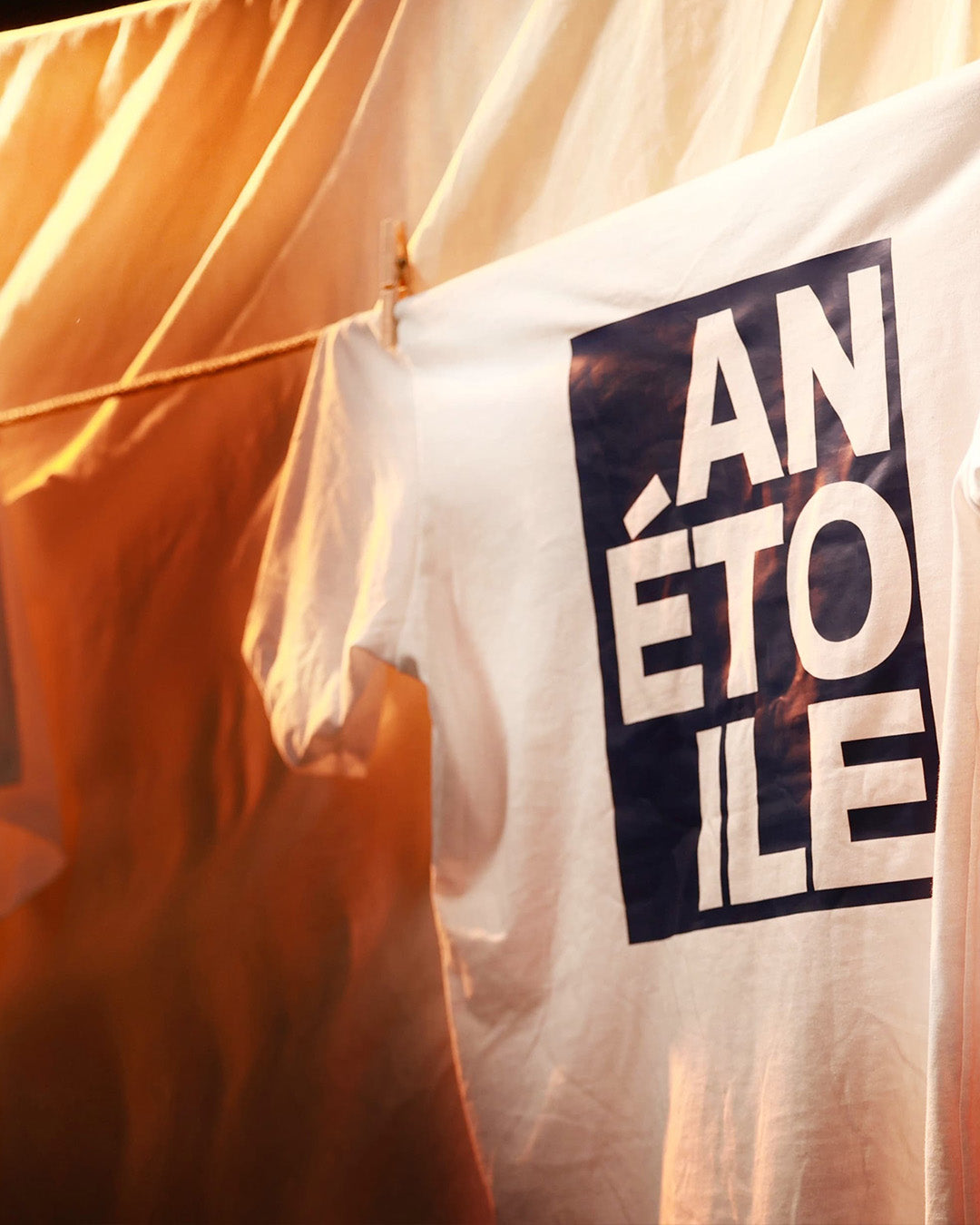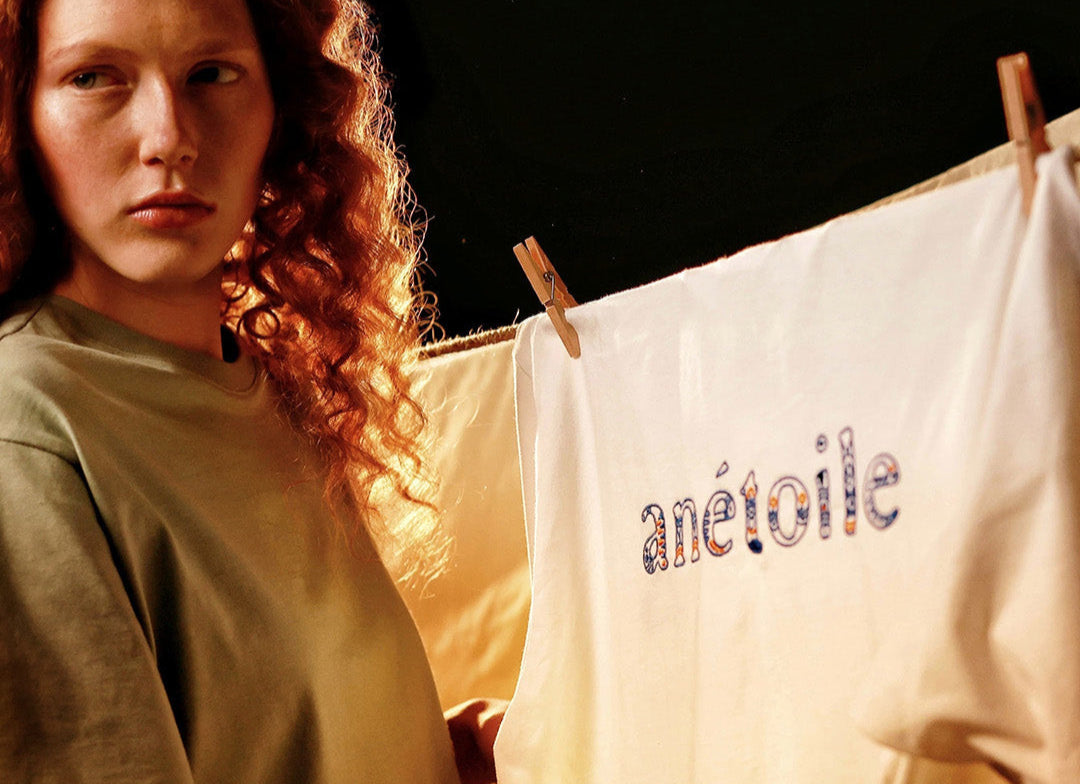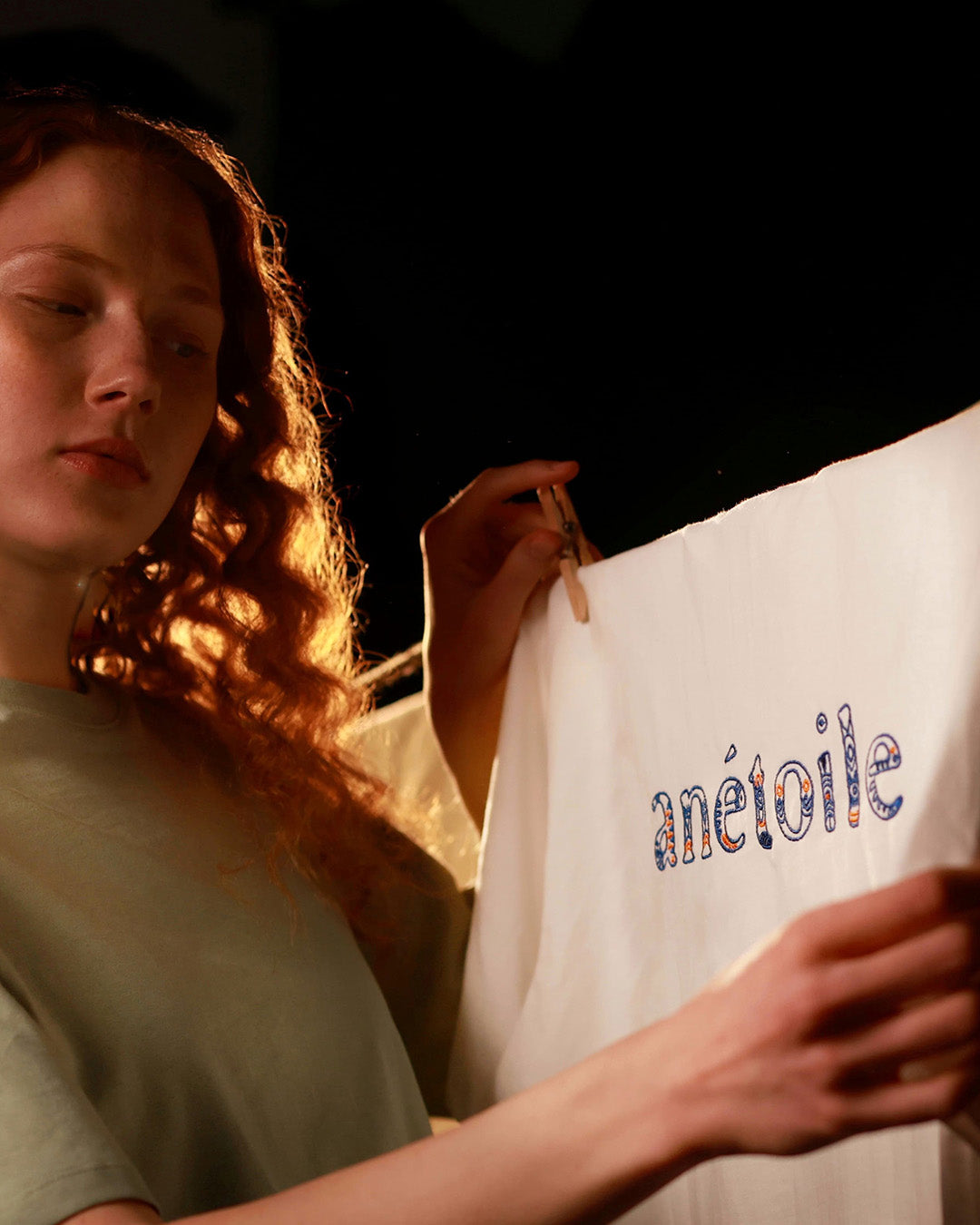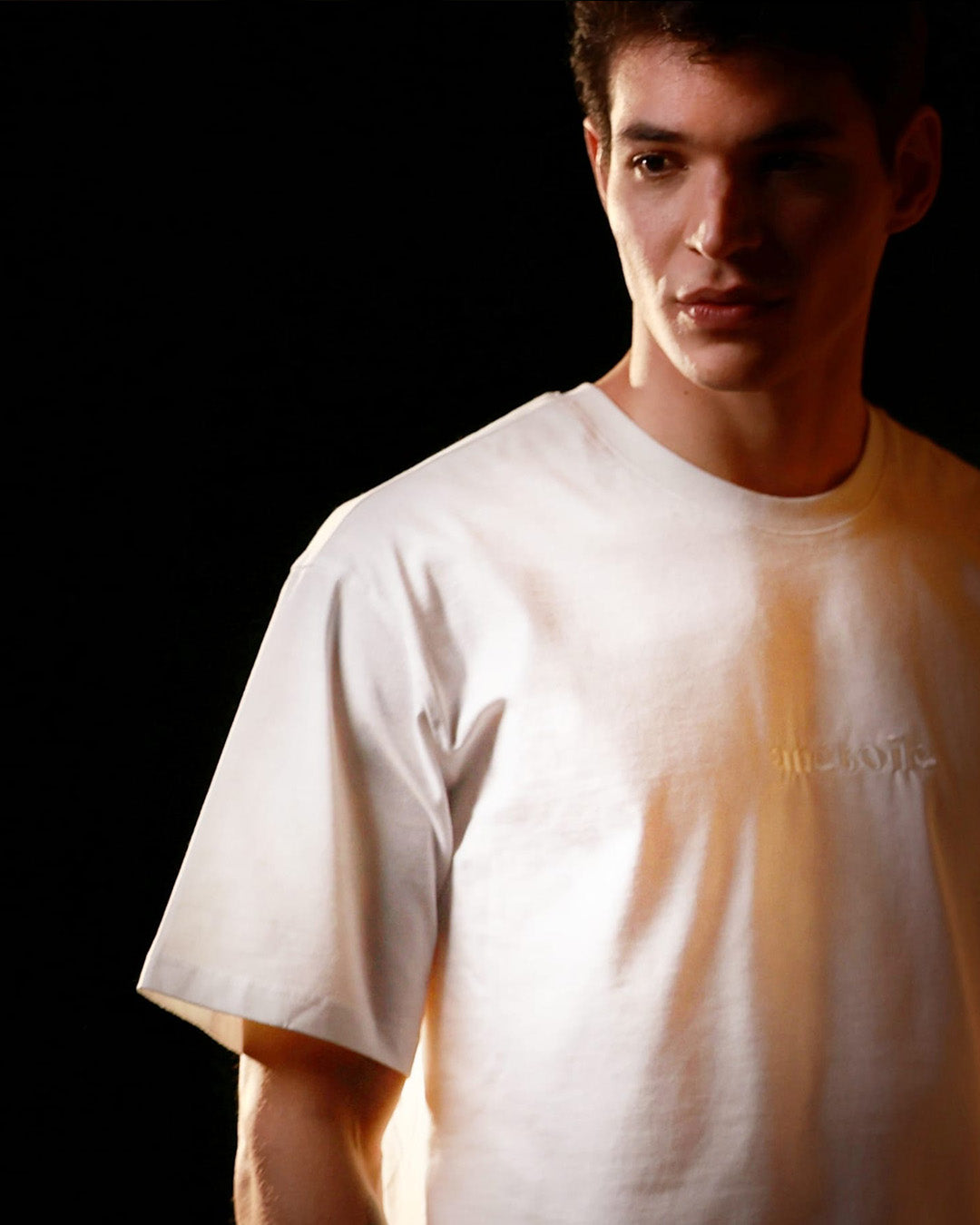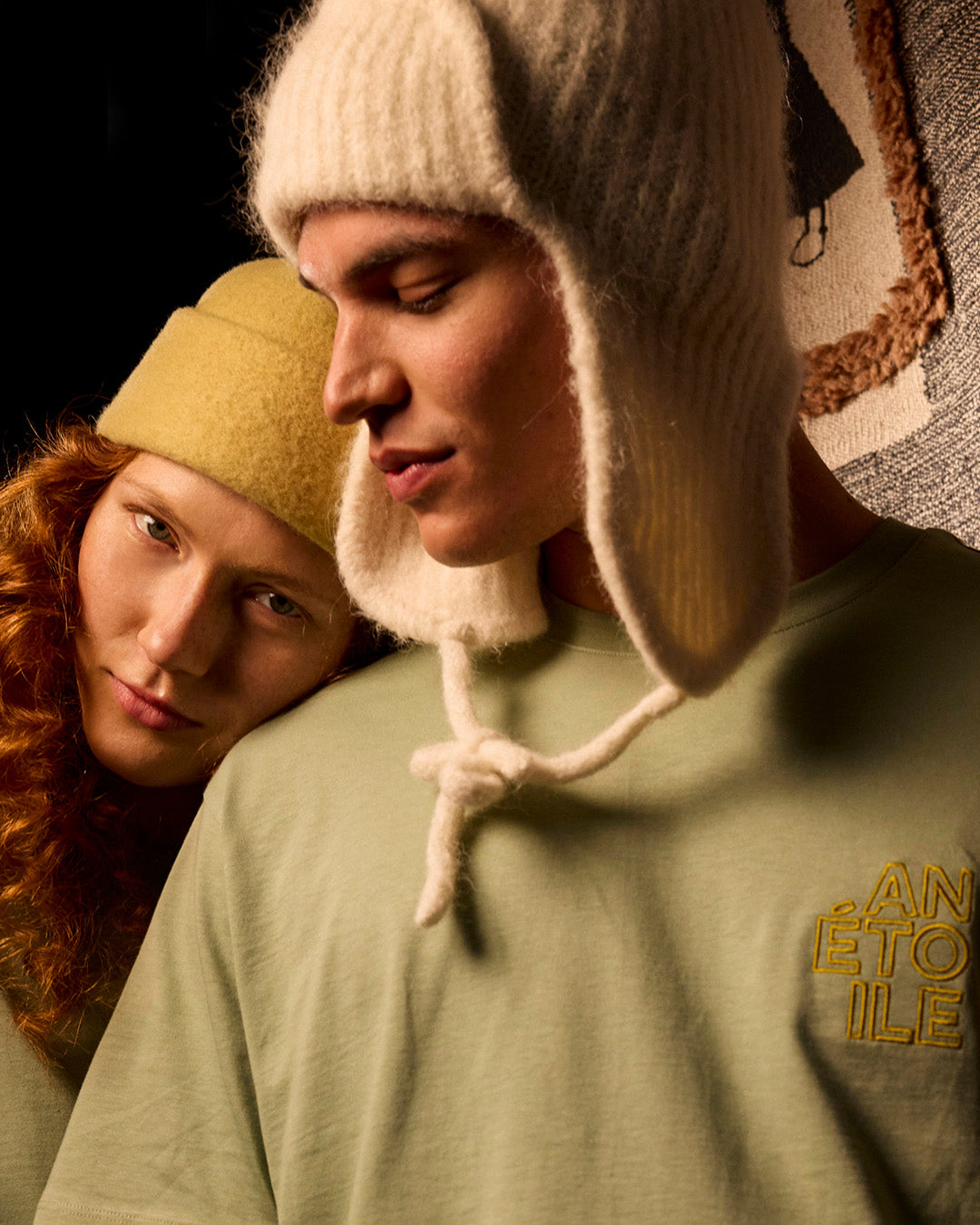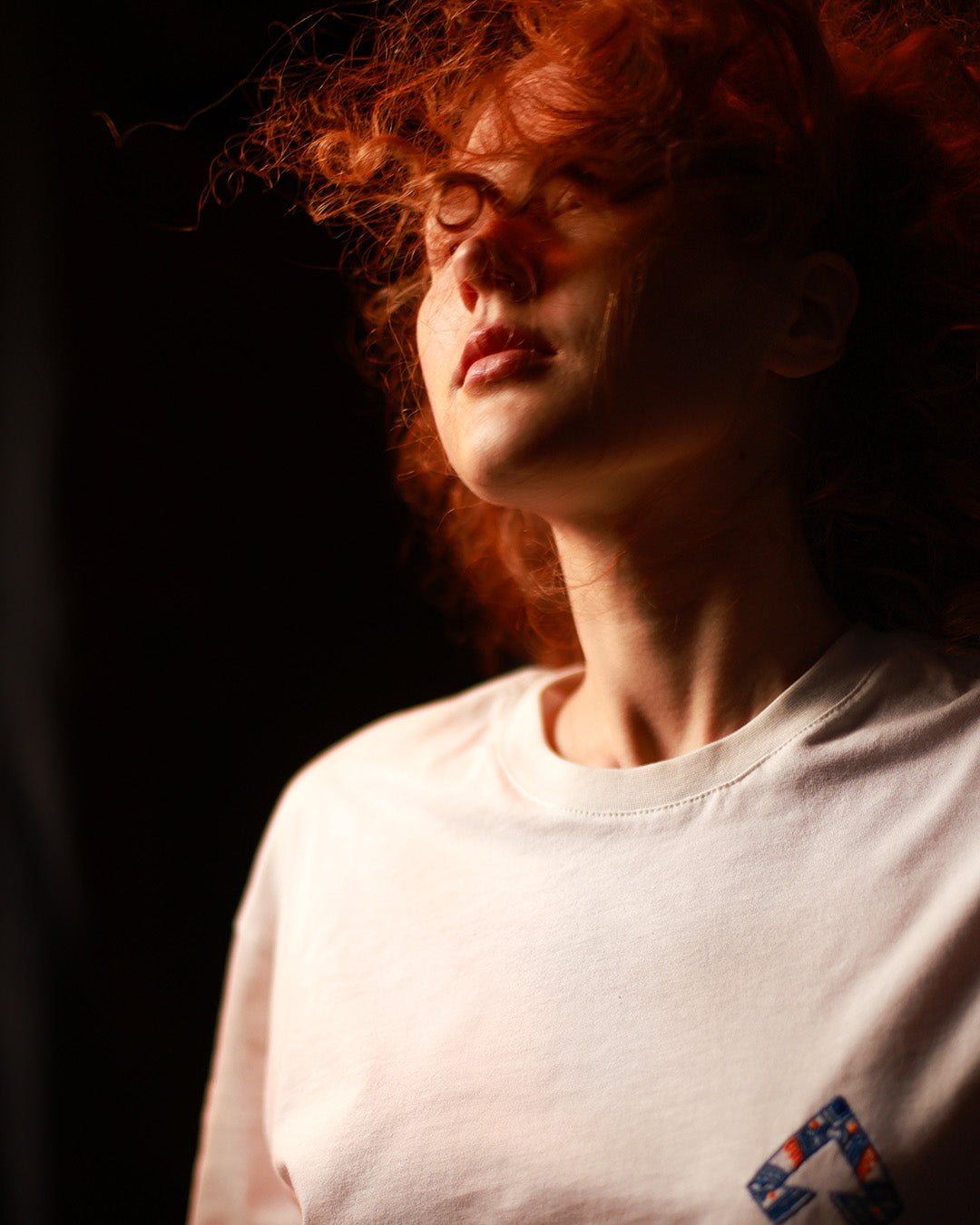Weaving Sustainability into Textiles: The Future of Eco-Conscious Fashion
Introduction:
In a world increasingly aware of environmental impacts, the textile industry stands at a crossroads. It's a sector historically fraught with sustainability issues, from water pollution to excessive waste. However, a new dawn is breaking, with eco-conscious practices weaving their way into the very fabric of the fashion industry. This blog explores how integrating environmental protection with textile production is not just a trend but a necessary evolution.
The Environmental Footprint of Textiles:
The journey starts with acknowledging the problem. The fashion industry is one of the largest polluters globally. It's responsible for significant water consumption, greenhouse gas emissions, and landfill contributions. This realization has sparked a movement towards more sustainable practices in textile production.
Sustainable Fibers: The Building Blocks of Eco-Friendly Fashion:
A major step towards sustainability is the use of eco-friendly materials. Organic cotton, bamboo, hemp, and recycled fibers are gaining popularity. These materials require less water, fewer chemicals, and result in minimal waste, making them a win for the environment.
Innovations in Production: Reducing Water and Chemical Use:
Innovative technologies are revolutionizing fabric production. Techniques like waterless dyeing and closed-loop systems are reducing water and chemical usage drastically. These methods not only protect the environment but also create safer working conditions for industry workers.
The Rise of Slow Fashion: Quality Over Quantity:
The 'slow fashion' movement advocates for high-quality, sustainable garments that last longer. This approach encourages consumers to buy less but better. By choosing durable and timeless pieces, we reduce waste and value craftsmanship and the environment.
Recycling and Upcycling: A Circular Fashion Economy:
The concept of a circular economy is pivotal in sustainable textiles. Recycling and upcycling old garments reduce landfill waste and resource consumption. Innovative brands are turning old textiles into new, fashionable items, proving that style and sustainability can coexist.
Consumer Power: Driving the Change:
As consumers become more environmentally conscious, their buying choices are driving change in the industry. Demand for sustainable products is encouraging brands to adopt greener practices. This shift in consumer behavior is a powerful tool for environmental advocacy.
Conclusion:
The fusion of sustainability and textiles is more than a fleeting fashion trend; it's a vital step towards a more responsible and eco-friendly industry. As we continue to innovate and adapt, the textile sector can significantly contribute to environmental protection. By making conscious choices, we all play a part in shaping a greener, more sustainable future in fashion.
